Calcium Zirconate Sputtering Target Description
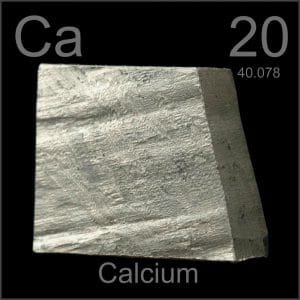 Calcium is a chemical element with the symbol “Ca” and an atomic number of 20. The name “calcium” is derived from the Latin word ‘calx,’ meaning lime. It was first mentioned in 1808 and observed by Sir Humphry Davy, who also accomplished and announced its isolation. Calcium is located in Period 4 and Group 2 of the periodic table, belonging to the s-block elements. Its relative atomic mass is approximately 40.078 Daltons, with the number in parentheses indicating a margin of uncertainty.
Calcium is a chemical element with the symbol “Ca” and an atomic number of 20. The name “calcium” is derived from the Latin word ‘calx,’ meaning lime. It was first mentioned in 1808 and observed by Sir Humphry Davy, who also accomplished and announced its isolation. Calcium is located in Period 4 and Group 2 of the periodic table, belonging to the s-block elements. Its relative atomic mass is approximately 40.078 Daltons, with the number in parentheses indicating a margin of uncertainty.
Related Product: Calcium Sputtering Target
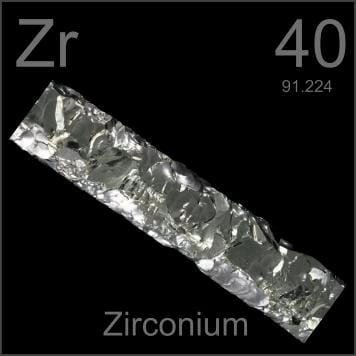 Zirconium is a chemical element with the symbol “Zr” and an atomic number of 40. The name “zirconium” originates from the Persian word ‘zargun,’ meaning gold colored. It was first mentioned in 1789 and observed by Martin Heinrich Klaproth. The isolation of zirconium was later accomplished and announced by Jöns Jakob Berzelius. Zirconium is located in Period 5 and Group 4 of the periodic table, belonging to the d-block elements. Its relative atomic mass is approximately 91.224 Daltons, with the number in parentheses indicating a margin of uncertainty.
Zirconium is a chemical element with the symbol “Zr” and an atomic number of 40. The name “zirconium” originates from the Persian word ‘zargun,’ meaning gold colored. It was first mentioned in 1789 and observed by Martin Heinrich Klaproth. The isolation of zirconium was later accomplished and announced by Jöns Jakob Berzelius. Zirconium is located in Period 5 and Group 4 of the periodic table, belonging to the d-block elements. Its relative atomic mass is approximately 91.224 Daltons, with the number in parentheses indicating a margin of uncertainty.
Related Product: Zirconium Sputtering Target
Calcium Zirconate Sputtering Target Application
The Calcium Zirconate Sputtering Target is utilized in a variety of applications, including thin film deposition and decorative coatings. It is widely employed in the semiconductor industry, display technologies, and the production of LEDs and photovoltaic devices. Additionally, this material is significant for functional coatings, the optical information storage industry, glass coatings for automotive and architectural glass, and optical communication technologies.
Calcium Zirconate Sputtering Target Packing
Our Calcium Zirconate Sputtering Targets are meticulously tagged and labeled externally to ensure efficient identification and maintain high standards of quality control. We take extensive precautions to prevent any potential damage during storage and transportation, ensuring the targets arrive in perfect condition.

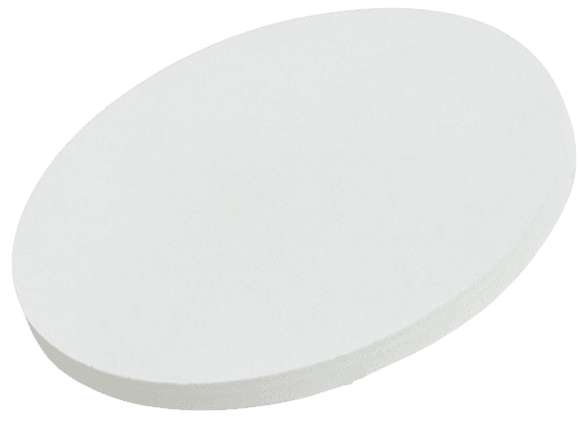
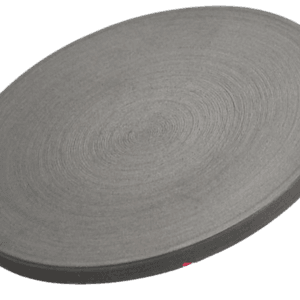
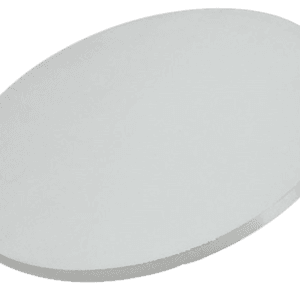
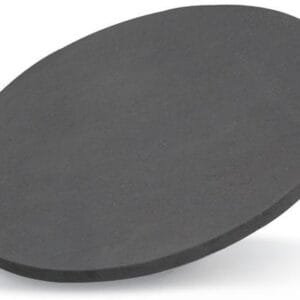
Reviews
There are no reviews yet.